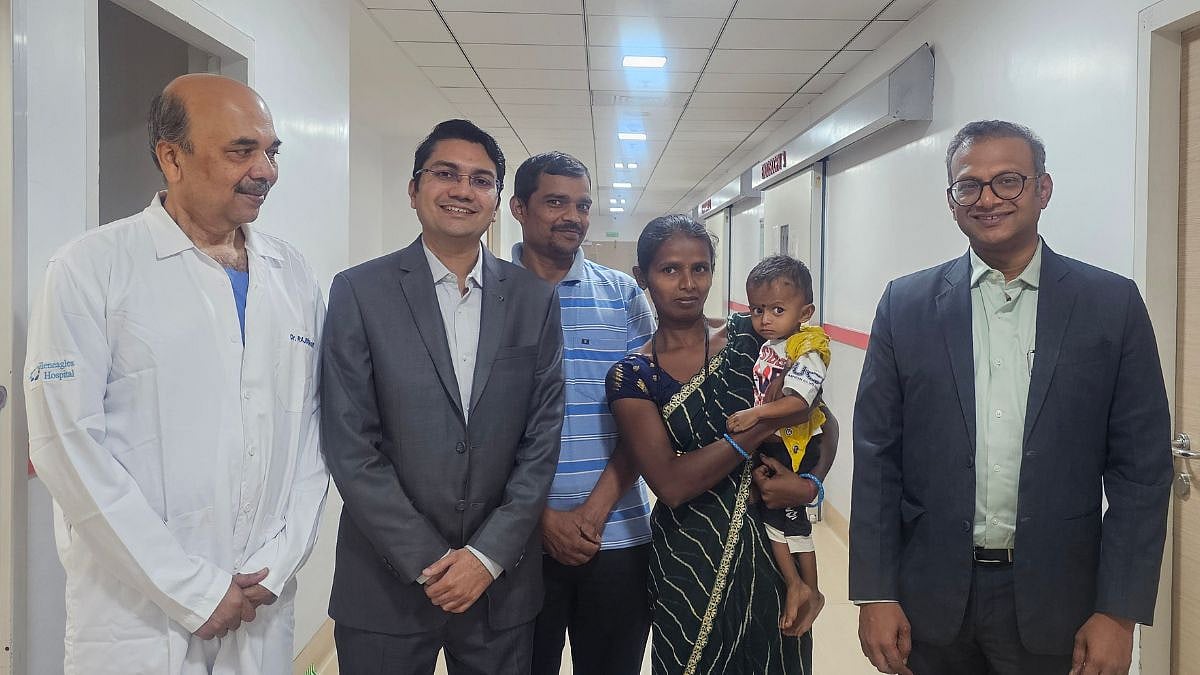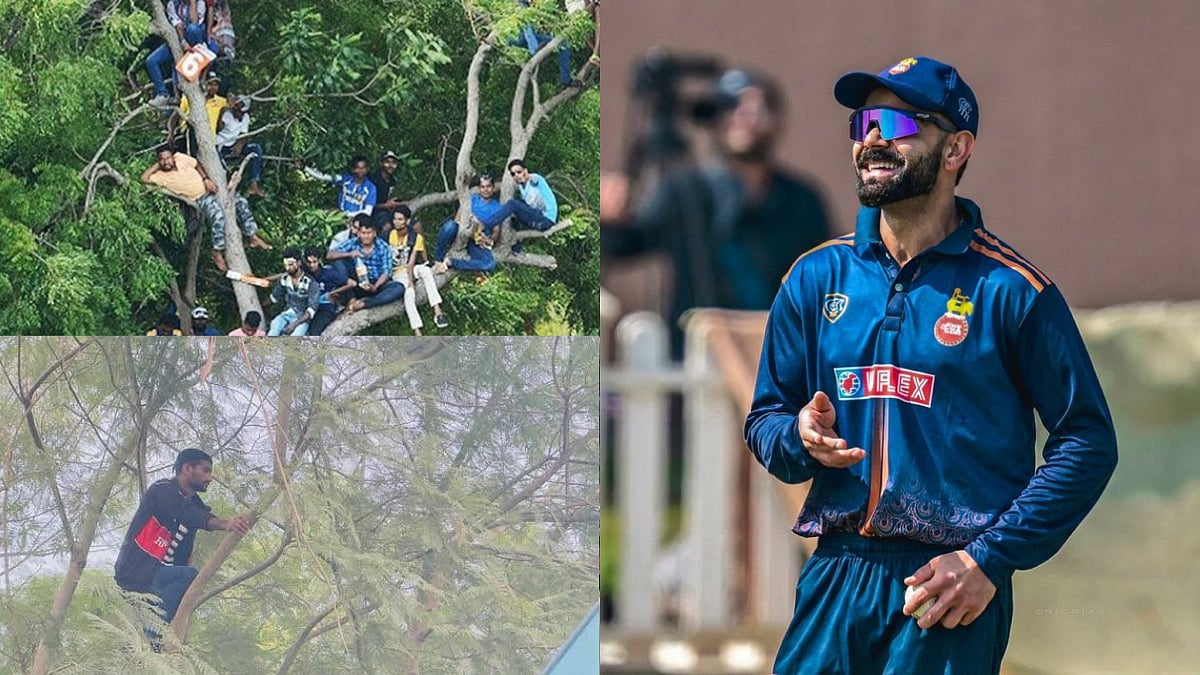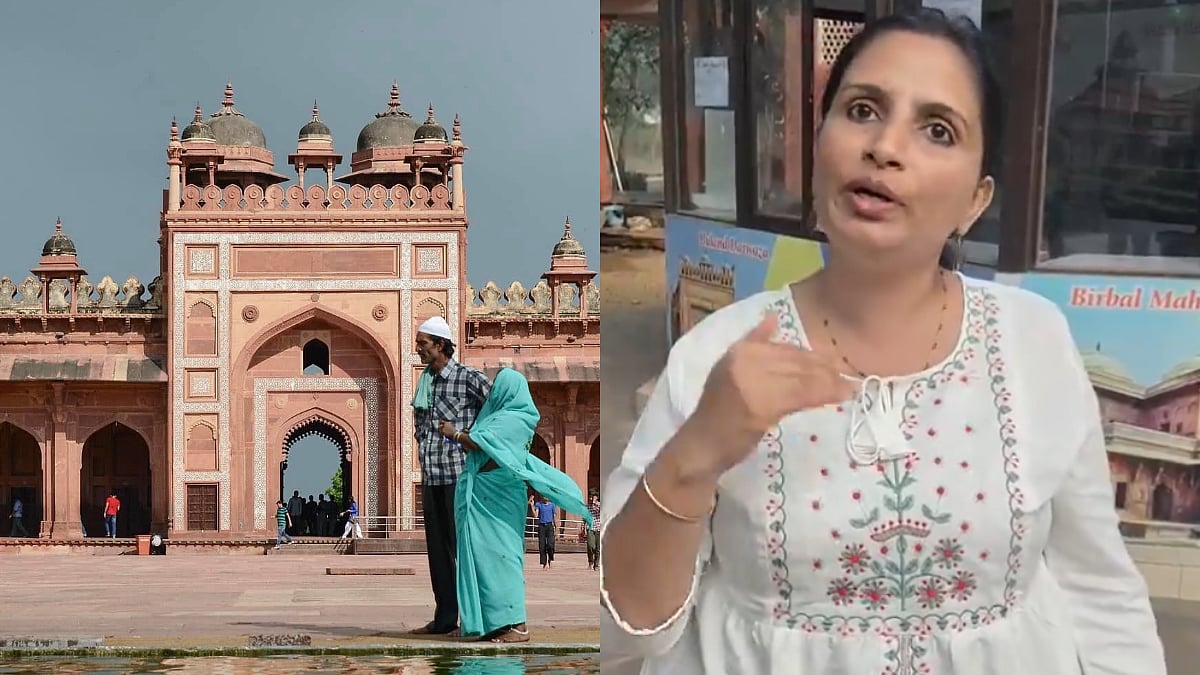Bengaluru will witness 'Zero Shadow Day' today, April 25. It is a rare celestial phenomenon when there is no shadow from sunlight at a particular time of the day. The rare phenomenon will take place at 12:17 pm.
Students and astrophile who live between the two Tropics erect vertical poles, other items, and occasionally even stand outside on the days of the zero shadow every year to witness the celestial phenomenon. It is possible to see the event without any specialised tools or devices.
While people on social media are gearing up to witness the exciting, rare event, the Indian Institute of Astrophysics (IIA) at Bengaluru's Koramangala will also organise events at its campus to mark the occasion.
What is Zero Shadow Day?
Zero Shadow Day is a phenomenon that occurs twice a year when the sun's position is directly overhead, casting no shadows on the earth's surface.
The length of the shadow is shorter on Zero Shadow Days because the sun is at its highest position in the sky. The phrase "Zero Shadow" refers to the fact that when we stand on this shadow, our own shadow becomes invisible. So, at 12:17 pm, any vertical object will cast no shadow in Bengaluru.
The next Shadow Day in Bengaluru will be observed on August 18. The dates of Zero Shadow Day vary depending on the location and time zone.
''For people living between +23.5 and -23.5 degrees latitude, the sun's declination will be equal to their latitude twice - once during Uttarayan and once during Dakshinayan. On these two days, the sun will be exactly overhead at noon and will not cast a shadow of an object on the ground,'' Astronomical Society of India.
Explaining the phenomenon, astrophysicist Debiprosad Duari told PTI, “People and any object, all around the world, staying between the Tropic of Cancer and Tropic of Capricorn lose their shadows, though momentarily, twice a year. These two moments are called zero shadow moments. "
With agency inputs










